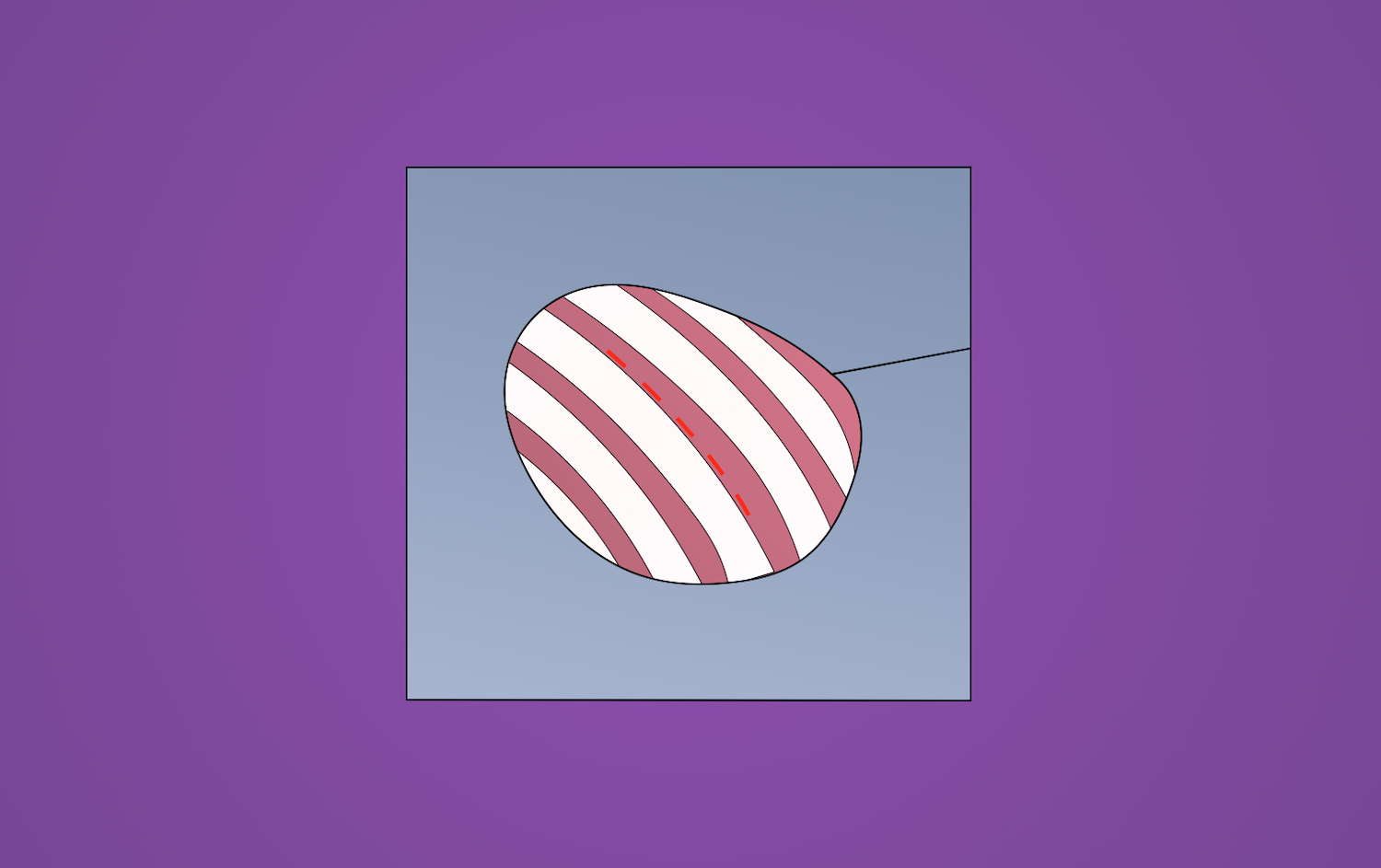Thoracotomy is a surgical procedure in which an incision is made between the ribs to gain access to organs in the chest/thorax. Emergent thoracotomy first came to the United States in the late 1800s/early 1900s. In 1873, Moritz Schiff, a German physiologist, proposed the use of thoracotomy for open cardiac massage.
Indications
- Lung biopsy or lung cancer
- Cardiovascular conditions
- Diaphragm conditions
- Pneumothorax
- Cardiac tamponade
- Esophageal diseases or esophageal cancer
- Pleural effusion
- Emergent procedures
Surgical Technique
- Patient supine with both arms abducted and extended 90 degrees
- Lateral thoracotomy incision, usually on left side, is made with 10-blade. Incision is carried from the sternum to the posterior mid-axillary line in a curvilinear fashion.
- Incision can be extended from left to right to make a clamshell incision in order to expose anterior mediastinum, aortic arch, and great vessels.
- Entry to chest obtained at superior border of the rib. Heavy scissors can be used to extend this incision with care to ensure no injury to underlying lung tissue.
- Rib spreaders placed with arm towards axilla and ratchet bar down. Rib spreader is expanded to allow for better visualization.
- Identification of trauma/intervention as appropriate.
- Pulmonary hilar twist
- Pericardiotomy
- Cardiac massage
- Repair of laceration
- Cross-clamp aorta
- Placement of chest tubes (one or two, at least 32 Fr). One is placed over diaphragm while the second is placed along posterior gutter.
- Encircling 1-0 absorbable suture around ribs. Approximate muscles. Close skin.
Postoperative Considerations
- Incentive spirometry
Postoperative Complications
- Bleeding
- Infection
- Pneumothorax
- Pleural effusion
- Shoulder dysfunction
- Pain
- Post-thoracotomy pain syndrome
